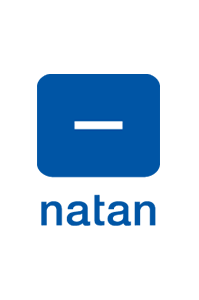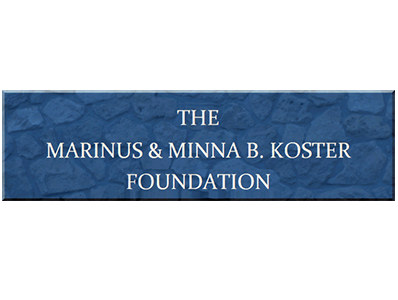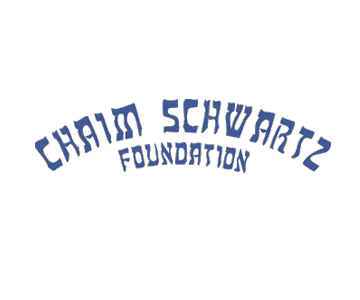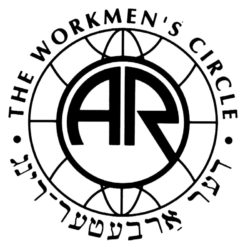Tam for Kids: Overview
A Taste of Yiddish
Through Tam: Tastes of Yiddish Culture for Kids and Teens, KlezCalifornia brings a tam (“taste,” in both Yiddish and Hebrew) of Yiddish culture to Jewish youth in grades K-12 at religious schools, day schools, and Jewish day camps. We want them to become enthusiastic about Yiddish culture, and to see it as a vibrant part of their own Jewish lives.
Three different, 1-3 minute videos about the Tam program
Featuring the YidLife Crisis comedy duo
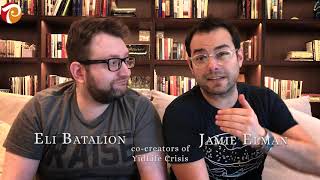
A 1-minute introduction to KlezCalifornia’s 26 lesson plans for kids about Yiddish culture.
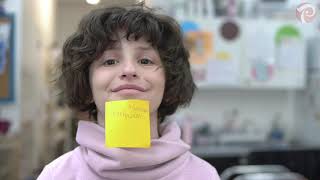
How teachers and parents can use Tam lesson plans
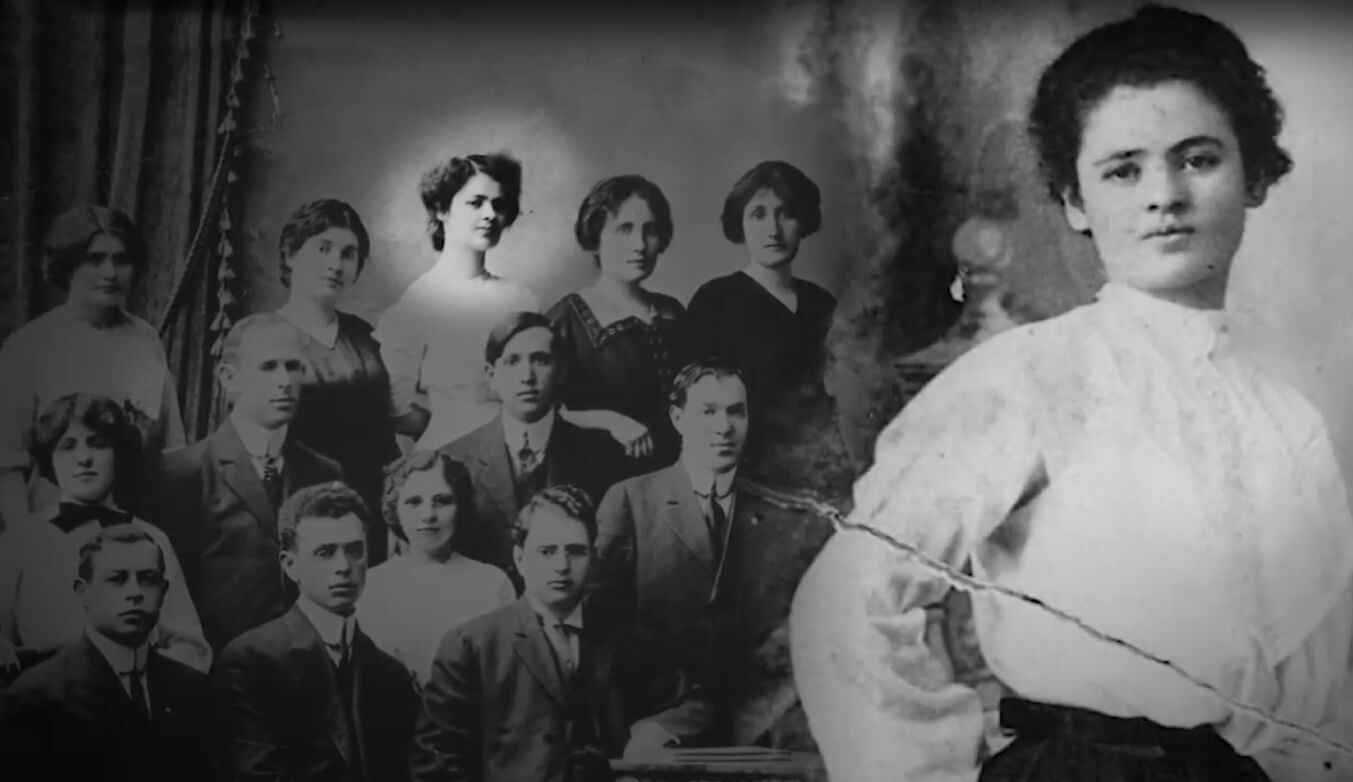
How Yiddish culture is politically relevant, transgressive, and has vitamins no other language does.
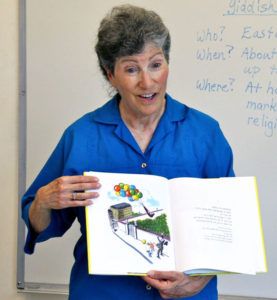 KlezCalifornia has developed and tested twenty-six 45- to 75-minute lesson plans, and made over a hundred presentations to students in thirty schools and camps. Students have fun, while engaging with Yiddish culture as it enriches North American Jewish life today, and learning about its origins (and the family origins of many students) in Eastern Europe.
KlezCalifornia has developed and tested twenty-six 45- to 75-minute lesson plans, and made over a hundred presentations to students in thirty schools and camps. Students have fun, while engaging with Yiddish culture as it enriches North American Jewish life today, and learning about its origins (and the family origins of many students) in Eastern Europe.
A comprehensive article in In Geveb — A Journal of Yiddish Studies in 2017 provides a fuller description of the Tam project.
A story about Tam, “Kids learn a bisl about Yiddish culture from the experts” was published in the J, The Jewish News of Northern California (Jan. 26, 2018).
An article citing the Tam lesson plans was in the November 2022 issue of In Geveb — A Journal of Yiddish Studies. See Let’s not Wait!: Introducing preschoolers to Yiddish through Leah Hoffman’s Alefbeys, by Beth Dwoskin.
You may download these lesson plans at no charge to use in your own classrooms.
Creation of these lesson plans was supported by grants from The Natan Fund, The Marinus & Minna B. Koster Foundation, Chaim Schwartz Foundation, Koret Foundation, and Workers Circle/Arbeter Ring of Northern California; program service fees from participating schools and camps, and in-kind contributions from KlezCalifornia.
“(Y)our (curriculum) guides ,which I read online at the Tam website, are exceptionally good. I have taught math (mostly) and Yiddish for close to 30 years, and I can recognize a well-though-out lesson plan, which actually guides or helps the teacher through the lesson. Your lesson plans are of this higher quality.”
D.K., Dallas, Texas
Why Yiddish Culture for Kids?
Most Jewish children in North America have a Yiddish heritage — i.e., many branches of their family came from Eastern Europe — but are barely aware of the richness of this historic culture stretching back over 1,000 years. Much of North American family and community Jewish culture is, in fact, Yiddish culture: religious customs at home and at synagogue, folk melodies, food, humor, and more.
Yiddish culture offers a novel connection to Jewish life for today’s young Jews through which they can enrich and expand their Jewish identities, building on the yerusha (inheritance) of most North American Jews. Accessible to Jews and non-Jews alike, Yiddish culture provides something for everyone in interfaith families and for non-Jews who find Yiddish culture compelling (e.g., some of this generation’s best klezmer musicians are not Jewish). While Yiddish culture used to be “old,” it is new again, now seen as counter-cultural, something that would have astonished our grandparents.
Learn More

Castro Valley
The lesson plans can fit into a school’s curriculum in Jewish history, art, music, or contemporary Jewish life. Almost all are sufficiently detailed that a regular classroom teacher can present them.

